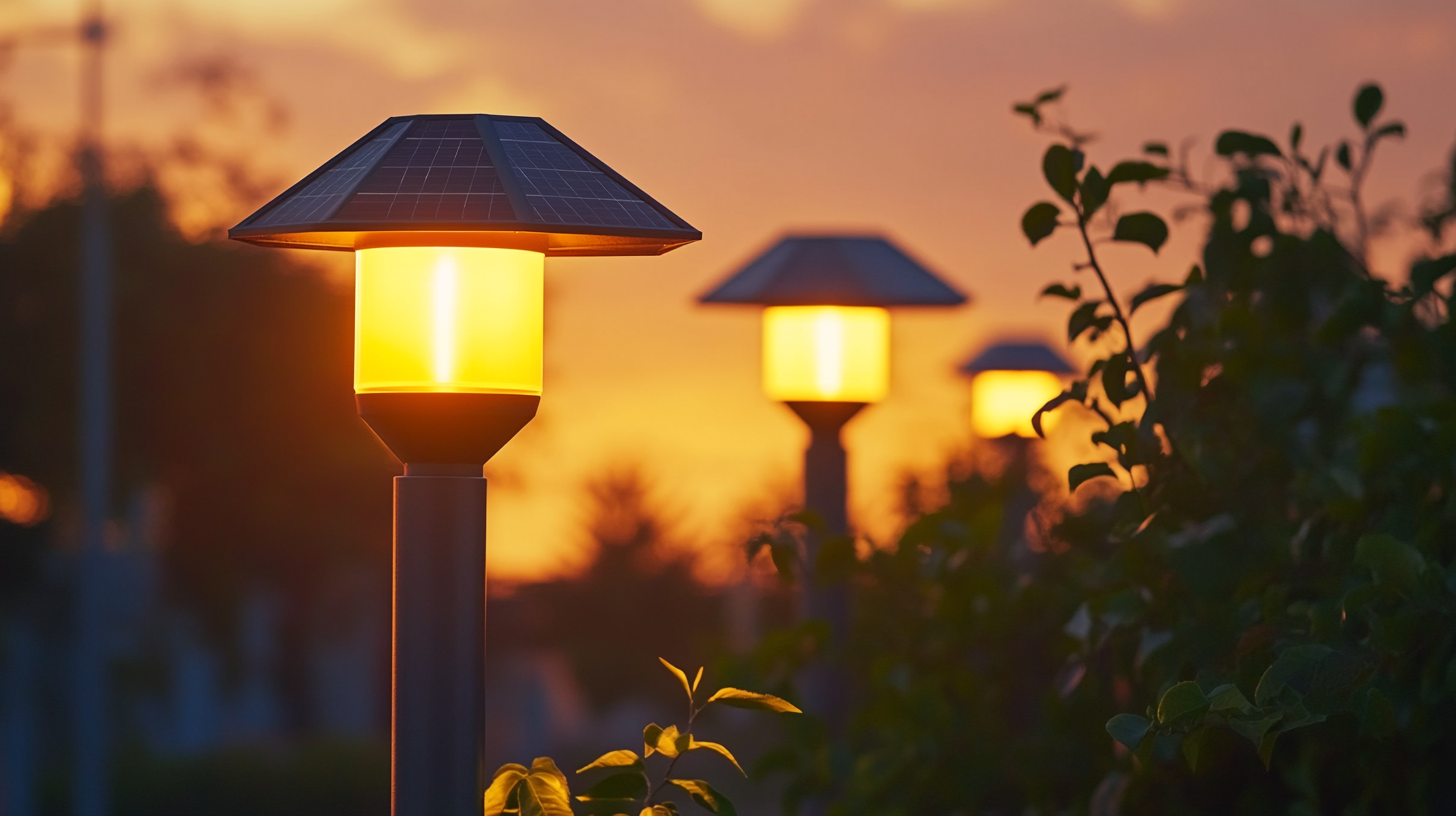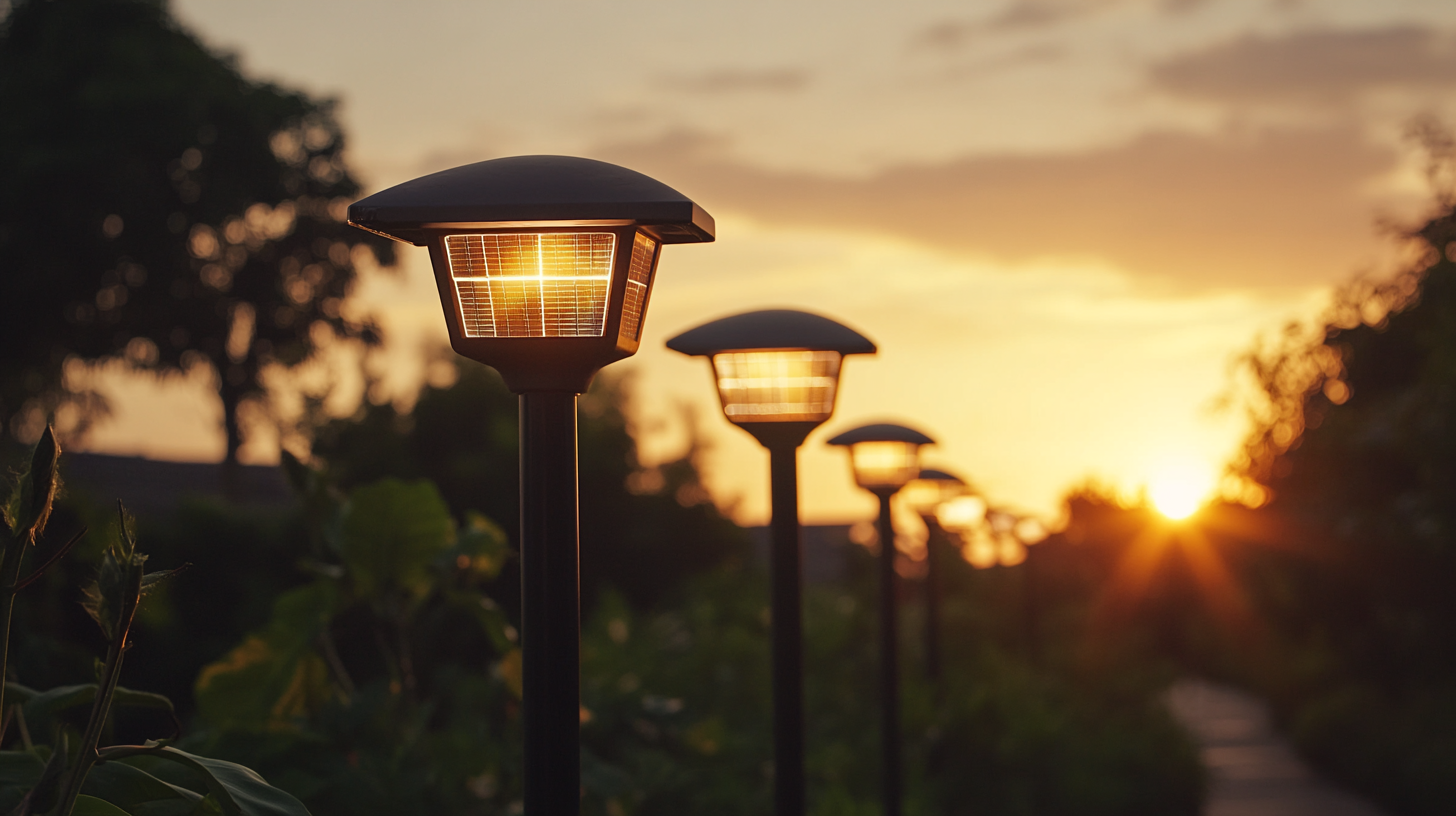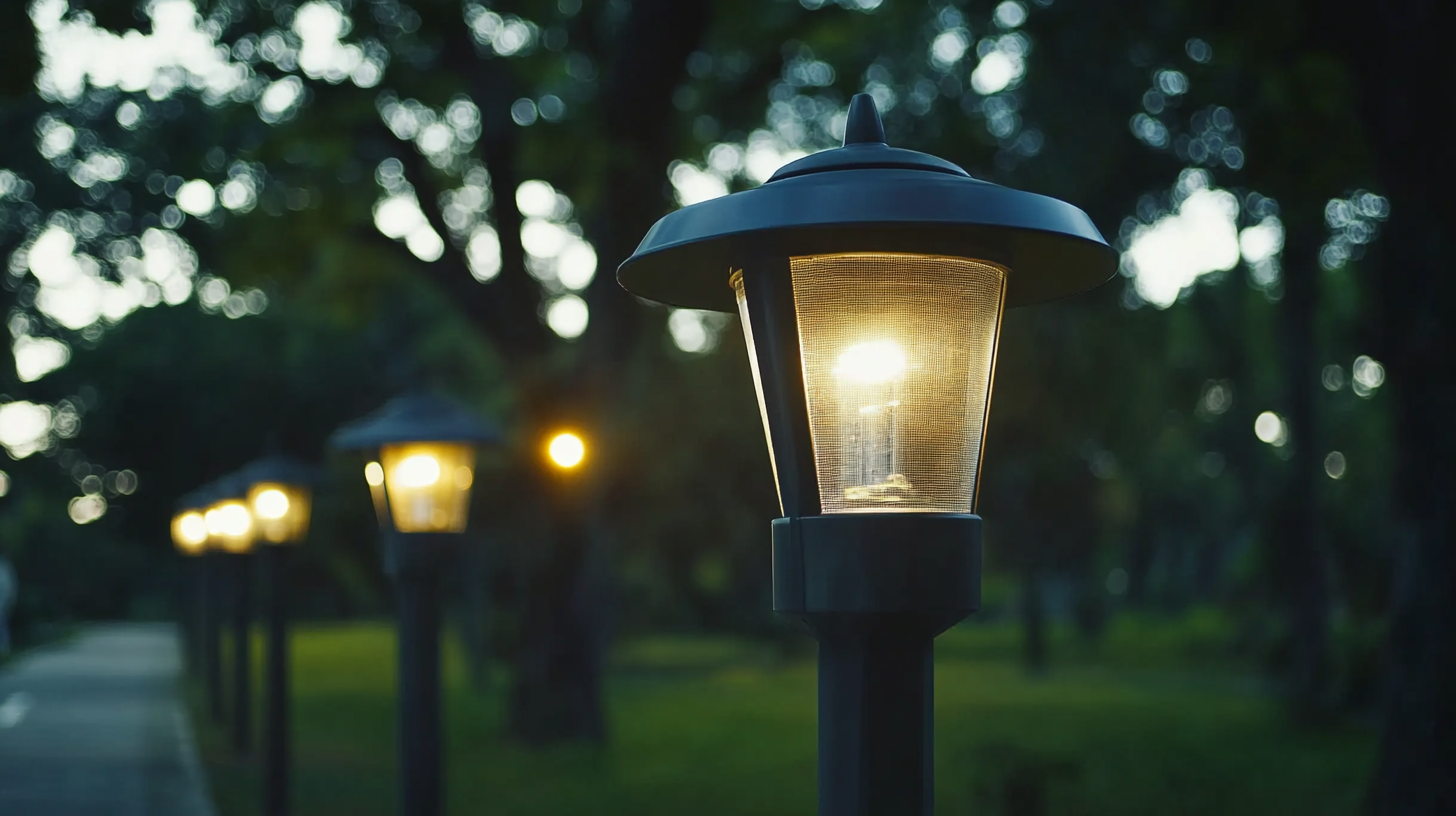The Evolution of Solar Lamps: Illuminating a Sustainable Future
They trained you until October 2023. In recent times, the emergence of significance regarding sustainable energy solutions crossed recognition limits with solar advancement leading toward greening the future. Among the recent developments in renewable energy has come up with solar lamps as one of the commendable innovations on how to use the sun for functional lighting and environmental benefits. These modern devices illuminate not only homes and public buildings but also lessen the total carbon footprint in the world while enhancing its efficiency in energy consumption.
Solar lamps demonstrate an evolution in the traditional case of commitment towards sustainability and at the same time give a serious argument for the case of straying from wholly established, energy-intensive forms of lighting. From the very earliest designs associated with simple photovoltaic cells to advanced; multi-purposed solar lamps found today, this progress highlights an increasingly important realization of the need to use environment-friendly technology. Solar lamps shine brightly into a society that is truly turning toward renewables, showing bright paths leading to a sustainable future-not only literally but also figuratively as we journey toward greener living.

The Historical Progression of Solar Lamp Technology and Its Impact on Energy Access
There has been a kind of time past, where the evolution of solar lamps from the crudest form to a highly sophisticated system exists to the empowerment of communities worldwide. Back in those early days, solar lamps were more or less simple setups comprising really basic photovoltaic cells and crude batteries. Those very early models suffered from some efficiency in energy absorption and poor storage, detracting from their practicality. However, from then to now, an explosion of innovative materials and technologies has enabled greater solar lamp performance to the point where it is now being accepted as a viable alternative to ordinary sources of light. The effects of the development of solar lamp technology on energy access also widened its influence, especially in remote and underserved areas. Solar lamps have become a chance for many communities in developing countries, where electricity is a rare commodity, to provide hope. Besides lighting, solar lamps allow education and economic development. After dark, the family can read; small businesses can stay open longer; and communities that have shunned the use of kerosene lamps, which are expensive and hazardous, are much safer. Smart added functions mean that solar lamps enjoy an even greater possibility for future action. These include mobile connectivity and solar-powered USB charging: with these enhancements, the lamps begin moving towards multifunctional gadgets that respond to a myriad of user needs. This transition engenders even more access while consolidating a global push for sustainable energies, empowering persons and communities to focus on their potentialities in the pathway towards sustainable development.

Current Market Trends: Growth Statistics and Forecasts for Solar Lamp Adoption Worldwide
Solar Lamp Market - A Case Study
Nowhere on earth is the assertion that renewable energy and sustainable lifestyle truly live to be true in their manifestations such as in the remarkable global solar lamp market of recent years. New estimates indicating such growth have just come out from Allied Market Research, concerning the solar lamps market forecast is planned to achieve USD 17.2 billion by 2027 while increasing with a compound annual growth rate (CAGR) of 15.2% from 2020 to 2027. Increasing off-grid solar adoption is evident from recent trends in developing countries where electricity is yet to reach some regions.
Another side of how climate change awareness can bring forth more green lighting facilities can be seen. In January 2021, a solar lamp adoption rate was estimated to have risen 22 percent in the Asia-Pacific region. The World bank noted affordable solar lighting improved life quality, including educative opportunities and safety in off-grid environments; the adoption of such development is also related to emerging technology making it efficient and therefore possible to use more than it ever was.
Clearly, the commercial sector is fast becoming a major reason behind adopting solar lighting. On the other hand, projects provide streetlights through solar power in cities. According to the International Energy Agency (IEA), the energetic smart solar street lighting consumes over two-thirds less power. With this political will and, often, subsidy provision for renewable energy projects, this trend will cement solar lamps' future in urban infrastructure while remaining sustainable.

Comparative Analysis: Solar Lamps vs. Traditional Lighting Solutions in Environmental Impact
The environmental issues at stake with any lighting solution have assumed global proportions, especially in times of energy transition toward a more sustainable orientation. In this situation, traditional lighting systems with high energy usages are condemned for carbon emissions, thus throwing solar lamps into the mature replacements arena. The advancement of energy-conversion technology in recent years with light-emitting diodes (LEDs) and photovoltaic cells has markedly improved the effectiveness and appeal of solar-powered lighting solutions. The industry reports are forecasting that solar lamps will have a rich market penetration globally, with an anticipated compound annual growth rate figuring to stand at 5.9% over the period from 2023 to 2033.
In energy efficiency and carbon reduction criteria, solar lamps overwhelmingly outdo traditional lamps. The electric consumption of traditional incandescent and fluorescent lamps proves to be very much higher, which in turn leads to greenhouse gas emissions. On the other hand, solar lamps, by producing energy from renewable sources, do not deplete fossil fuels and thus offer a reduced carbon footprint. The recent analysis from the industry stresses that demand for energy-efficient lighting products will rise in coming years due to the enforcement of better energy standards and supportive policies aimed at the promotion of green technologies.
The sustainability aspect of solar lamps is further pushed by adopting smart, interconnected lighting systems. These advancements add to user experience and ensure real-time optimization of energy use. The adaptation of energy standards will greatly push the lighting industry to align with green development initiatives, making solar lamps a keystone of our future sustainable infrastructure. Environmentally, this life cycle favorably contributes, while economically, it allows certain walks of life to thrive as they transit toward sustainable avenues.

Innovations in Solar Lamp Design: Enhancements in Efficiency and User Experience
The technology development in solar lamp design is a quantum step towards the enhancement of efficiency and user experience. The modern solar lamp is no longer an object of utility; it has entered into the realm of smart devices that modify and adapt to user needs. Energy storage innovations have led to the development of high-capacity batteries storing abundant solar energy, allowing the use of these lamps for even longer and brighter hours into the night. Improvements in conversion efficiency of solar panels mean that these lamps can now gather sufficient sunlight even on cloudy days to keep them in action.
The user-experience factor is the mainstay of innovations in solar lamps. Modern designs have adopted smart features which contain motion sensors that turn the lamps on when someone approaches them so they save energy. Some latest models come with brightness settings so that the users can choose the level of light as they would like according to their demands or the time of day. They also incorporate mobile connectivity features, so that the users can monitor their battery level and get an alert when it's time to recharge or something needs maintenance, which makes them super user-friendly.
And solar lamps have undergone a radical makeover in terms of design. The slim design offered provides a variety of styles, colors, and finishes that can enhance practically any outdoor or indoor space. Manufacturers are leaning more heavily toward sustainable production methods by using recycled materials in their products that also appeal to eco-conscious buyers. As we pursue more sustainable means to satiate our energy requirements, the evolution of solar lamps is a great showcase of technological implementation integrated with everyday practicality and contemporary flair, paving the way for an illuminated and sustainable tomorrow.
Case Studies: Real-World Applications of Solar Lamps in Developing Regions and Their Outcomes
Solar lamps have been adopted, especially in the disadvantaged part of the world, to address energy poverty and provide a good quality of life. An estimate by the International Energy Agency (IEA) shows that 770 million people still lack access to electricity. Solar lamps serve, therefore, as a trustworthy alternative to bridge this gap. Portable light all right harnesses solar energy and gives a community the power to light up homes, thus enhancing education through increased study hours and providing safety after dark.
Case studies on the lives of peoples in countries like India or Kenya report how solar lamps have changed lives in ways the general populace won't believe. For instance, the pilot study commissioned by the Global Off-Grid Lighting Association in rural India reports that solar lamp-wielding families now earn up to 30% more because they work longer under artificial lighting after sunset. This is somewhat what is happening in Kenya, where the 56% drop in household kerosene usage can be said to be a great part in switching to solar lighting. This demonstrates the economics of being able to save money and, more importantly, save one's health from the detrimental indoor air pollution effects that come with traditional lighting sources.
In addition to the economic aspects of solar lamps, they have far-reaching social aspects. A 2021 study by Energy for Sustainable Development substantiated that school attendance by girls increased by 38% in communities with solar lighting. This represents a leap in education opportunities and fosters the empowerment of women and girls. Clearly, it takes more equitable growth for developing regions to move forward. With such an optimistic trajectory of energy access through solar technology, there is no doubt that these inventions are lighting the way to a sustainable future.
